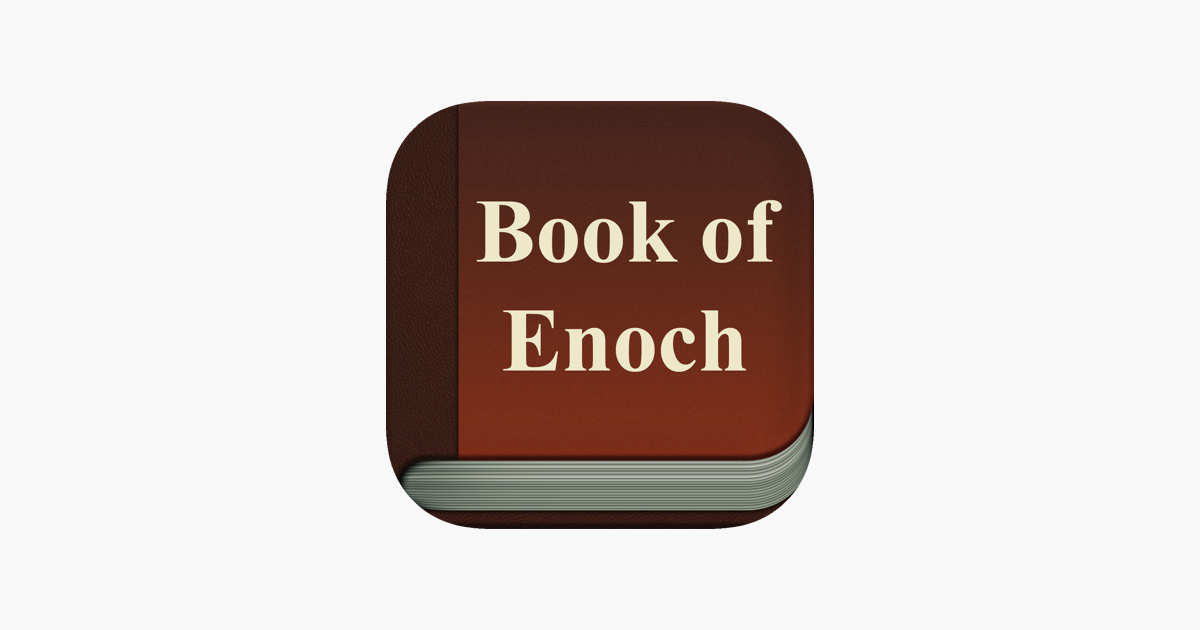The Book of Enoch is an ancient religious text that holds immense significance for scholars and believers alike. This apocryphal book, excluded from the biblical canon, paints a vivid tapestry of supernatural revelations and profound insights into the cosmos, heaven, and hell. Its enigmatic origins and elusive nature have captivated scholars for centuries, leading to an ongoing quest to uncover its hidden history.
Seemore: Why Stay Away from the Book of Enoch
The Discovery and Rediscovery of the Book of Enoch
The Book of Enoch was first discovered in the mid-1800s in Ethiopia, as part of the Ethiopian Orthodox Tewahedo Church’s ancient scriptures. These Ge’ez-language manuscripts, believed to date back to the 4th or 5th century AD, provided the initial glimpse into this enigmatic text. Scholars were astonished by the depth of knowledge contained within the book, which seemed to predate many other religious texts and offer a unique perspective on the spiritual realm.
However, it wasn’t until the late 19th century that more concrete evidence of the Book of Enoch’s existence was uncovered. During archaeological excavations at a site called Qumran near the Dead Sea, fragments of the book were found in Aramaic, the language of Jesus and his apostles. These Dead Sea Scrolls, dating back to around the 1st century BC or earlier, shed further light on the book’s antiquity and widespread distribution.
The Significance of the Book of Enoch’s Location
One of the most intriguing aspects of the Book of Enoch is its discovery in two vastly different regions – Ethiopia and Qumran. This raises questions about the origins and dissemination of the text, as well as its potential impact on various cultures and belief systems.
It is widely accepted that the Book of Enoch originated in Ethiopia, where it was revered as a sacred text by the Ethiopian Orthodox Church. However, the discovery of fragments in Qumran suggests a wider distribution and influence of the book, potentially reaching as far as ancient Israel.
Manuscript Fragments and Archaeological Evidence

The Qumran Caves have been a hotbed for archaeological activity since their discovery in 1947. It is believed that these caves were used as hiding places for religious texts during times of persecution, which could explain the presence of Enochian fragments in this location.
Numerous manuscript fragments have been found in the Qumran Caves, with some scholars estimating that over 15% of all scrolls belong to the Book of Enoch. These fragments offer valuable insights into the text’s composition and its distribution during ancient times.
The Qumran Caves as a Treasure Trove
The significance of the Qumran Caves in understanding the Book of Enoch cannot be overstated. These caves have yielded not just Enochian fragments but also other religious texts, including parts of the Hebrew Bible and apocryphal works.
The location of these caves, near the Dead Sea, is also significant. The dry, arid climate of the area has preserved the manuscripts remarkably well, allowing scholars to study them in detail and gain a better understanding of their origins and contents.
Ethipoian Heritage and the Enoch Fragments
The discovery of the Book of Enoch in Ethiopia adds an intriguing layer to its history. The Ethiopian Orthodox Church has a strong connection to the ancient Jewish community, and the Ge’ez language used in their scriptures has similarities to Hebrew.
It is believed that the Book of Enoch was brought to Ethiopia by Jewish refugees fleeing persecution in Jerusalem. This theory is supported by linguistic and textual analysis, which shows striking similarities between the Enochian fragments found in Ethiopia and those found in Qumran.
The Dead Sea Scrolls and their Connection to Enoch

The Dead Sea Scrolls have been a source of fascination for scholars and historians since their discovery. These ancient manuscripts provide invaluable insights into the religious beliefs, practices, and daily lives of the people who lived during that time.
Enochian fragments found among the Dead Sea Scrolls offer a unique perspective on the book’s origins. They also show how widespread the influence of the Book of Enoch was during ancient times, with fragments being found in various locations such as Qumran, Masada, and Wadi Murabba’at.
Comparative Analysis of Enoch Manuscripts
With the discovery of Enochian fragments in both Ethiopia and Qumran, scholars have been able to conduct comparative analyses of these manuscripts. This has helped shed light on the variations and similarities between different versions of the text.
One of the most significant findings from these comparative studies is the presence of two distinct Enochian traditions – the Ethiopian and the Qumranic. While some scholars argue that these traditions represent two separate works, others believe that they are different versions of the same text, highlighting the fluid nature of oral tradition and manuscript transmission during ancient times.
Linguistic and Textual Clues to Enoch’s Origins
The linguistic and textual analysis of Enochian manuscripts has provided valuable clues to the book’s origins. The use of Aramaic in the Qumran fragments suggests a connection to Jewish communities in ancient Israel, while the Ethiopian Ge’ez manuscripts point to a possible origin in Africa.
Additionally, similarities between the Book of Enoch and other ancient texts, such as the Book of Jubilees and the Testaments of the Twelve Patriarchs, have led some scholars to speculate about potential literary influences and shared cultural beliefs.
The Role of Qumran Excavations in Understanding Enoch’s Provenance
The ongoing excavations at Qumran continue to yield new discoveries and insights into the Book of Enoch’s origins. The site has become a crucial source of archaeological and historical evidence, providing a glimpse into the lives and cultures of ancient societies.
Besides manuscript fragments, Qumran has also yielded various artifacts, including pottery, coins, and other objects that offer clues about the people who inhabited the area and their way of life. These findings have helped scholars piece together the puzzle of Enoch’s provenance and its significance in the religious landscape of the time.
The Continuing Search for Enoch’s Literary Roots
The discovery of the Book of Enoch has sparked a never-ending quest to uncover its true origins. While the Ethiopian Ge’ez and Qumranic Aramaic versions provide valuable insights, there is still much debate among scholars about the book’s original language and authorship.
Some theories suggest that the Book of Enoch may have been influenced by earlier Mesopotamian texts, while others point to possible connections with ancient Egyptian beliefs. However, due to the lack of concrete evidence and the fluid nature of oral tradition and manuscript transmission, the book’s literary roots remain shrouded in mystery.
Conclusion
The Book of Enoch continues to fascinate scholars and believers alike, with its enigmatic origins and diverse manuscripts adding to its mystique. The discovery of fragments in Ethiopia and Qumran has shed light on the book’s widespread distribution and potential influence on various cultures and belief systems.
Through comparative analysis and linguistic and textual clues, scholars continue to unravel the complex history of this ancient religious text. And with ongoing excavations at Qumran and new discoveries being made, the search for the Book of Enoch’s origins will undoubtedly continue, offering endless possibilities for understanding the book’s significance and impact throughout history.
